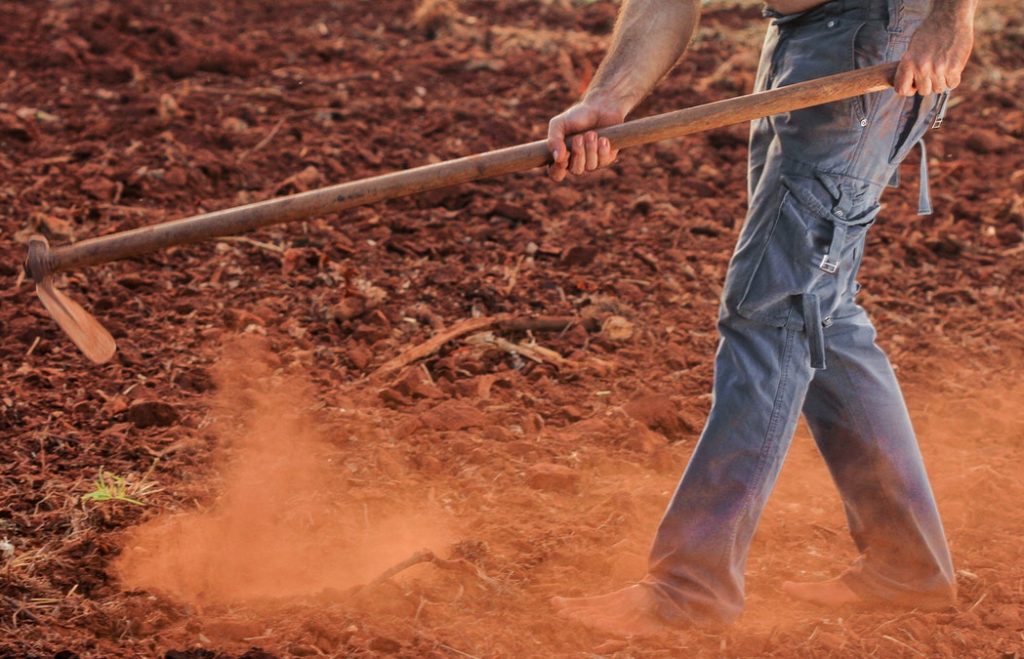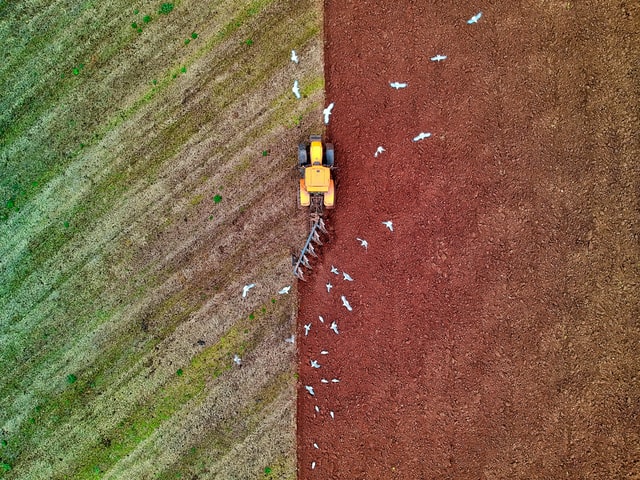Soil – the soul of the planet and its greater ignorance
“There has never been a more urgent need to revive damaged ecosystems than now. Ecosystems support all life on Earth. The healthier our ecosystems are, the healthier the planet – and its people.” The UN has declared the current decade as the Decade on Ecosystem Restoration. We all must contribute to this novel cause, for our own sake and the forthcoming generations, as well as for the healthy existence of the greater animal kingdom.
Soil is the central component of terrestrial ecosystems. It vastly controls the quality of others (i.e., air and water) and does everything, from supplying food and water to providing shelters to its inhabitants sizing large elephants and tall trees to microscopic bacteria; for everyone. It also has a greater influence on the aquatic ecosystems through water, sediment and nutrient transport, purification of contaminants, for example. In a word, SOIL serves as the soul of the planet and governs everything in and on it. Unfortunately, many of us undermine its contribution which has been recognized in recent years, for example, by the former FAO Director-General José Graziano da Silva “The multiple roles of soils often go unnoticed. Soils don’t have a voice, and few people speak out for them. They are our silent ally in food production.”
According to the FAO’s ‘The State of Food Security and Nutrition in the World 2021’ report, about 800 million people were facing hunger in 2020 who mostly live in Asia (418 million), Africa (282 million), and Latin America and the Caribbean (60 million). Also, about 30% of the global population (2.4 billion) are facing moderate or severe food insecurity. Like the hunger data, half of them live in Asia, one-third in Africa, and one-tenth in Latin America and the Caribbean. The population has increased by 11% over the past 10 years (7.0 billion 2010 to 7.8 billion in 2020) and the prevalence of undernourishment in the world has changed from 9.2% in 2010 to 9.9% in 2020 or to be rational, excluding the global pandemic effect, to 8.4% in 2019. This data emphasizes that what we are doing over the past decade has contributed very little to our battle against food security and malnutrition.
Beyond food production, healthy soils can fight back climate change through carbon sequestration above and below ground, store the much-needed water in the soil profile for the dry period, can recharge groundwater faster during heavy rainfall, and reduce flood intensity. Nonetheless, what could have been a savior has become a source of problems thanks to deforestation, intensive agriculture, and unplanned urbanization on productive soils. More than one-third of Soil’s health has declined globally, and the agricultural systems became the 2nd largest source of greenhouse gas emission. So, we have a huge task ahead. We must formulate and act upon new and creative methods that would break the boundary of traditional knowledge and practices. At the same time, it would improve the ability to halt soil degradation and improve soil’s health and overall functionality of the ecosystems.
Focusing on subsoil management: could it shift the tide?
Soil hardening (compaction) below the plow depth (subsoil) is one of the main barriers against sustainable food production and battling climate change. It limits soil volume for root growth, root uptake of water and nutrients that causes long-lasting reductions in crop yield. Also, compaction retards air and water flow between soil layers that hinder groundwater recharge and increase surface runoff, flooding incidence, and associated soil erosion. Compaction-induced waterlogging often leads to an anoxic condition in soil, followed by the emission of excess greenhouse gases. In the past few decades, a million hectares of highly productive arable land has degraded worldwide due to compaction and the Eurasian region alone suffered from yield losses by about 50 million tons and became into net sources of greenhouse gases, for example. However, a little good news is researchers are working on modifying crop genes so that they can break through the compacted soil layer(s) and get nutrients and water from there. If successful, this initiative would minimize the yield gaps. But it’s time to think beyond our food. We need a holistic approach to the battle against climate extremes and to build healthy ecosystems so that all forms of life thrive sustainably. On the other hand, loosening the subsoil with the available technologies is an expensive, short-term, and more carbon-emitting solution. Therefore, we need a solution that is affordable, eco-friendly, and provides long-term solutions.

